I've been working with an Arduino lately, and building various breadboard circuits.
A simple example was to build a transistor based inverter for a project involving 9600 baud serial combination at 5v. (I could do it with a quad NOR gate, but that is a 14 pin DIP package that needs 12 wires connected (when you include tying unused inputs to ground. That takes a lot of room on my breadboard and a lot of time to set up. I understand that a "real" CMOS inverter is a better choice for this application, but bear with me.)
I built an inverter based on this thread:
How to invert a digital signal
The circuit looks like this:

If I use r2 = 100k ohms and r1 at 3.3k ohms, it works, when using a general purpose NPN transistor like a 2222A or a CP9014. If I use a "switching" NPN transistor like a C1740, however, it doesn't work.
What is it about switching transistors that makes them unsuitable for a circuit like this? I thought switching transistors were tuned for very "snappy" response that tends to be either fully on or fully off. I would think a switching transistor would be a BETTER choice for this circuit, since I want it to be either fully on or fully off.

